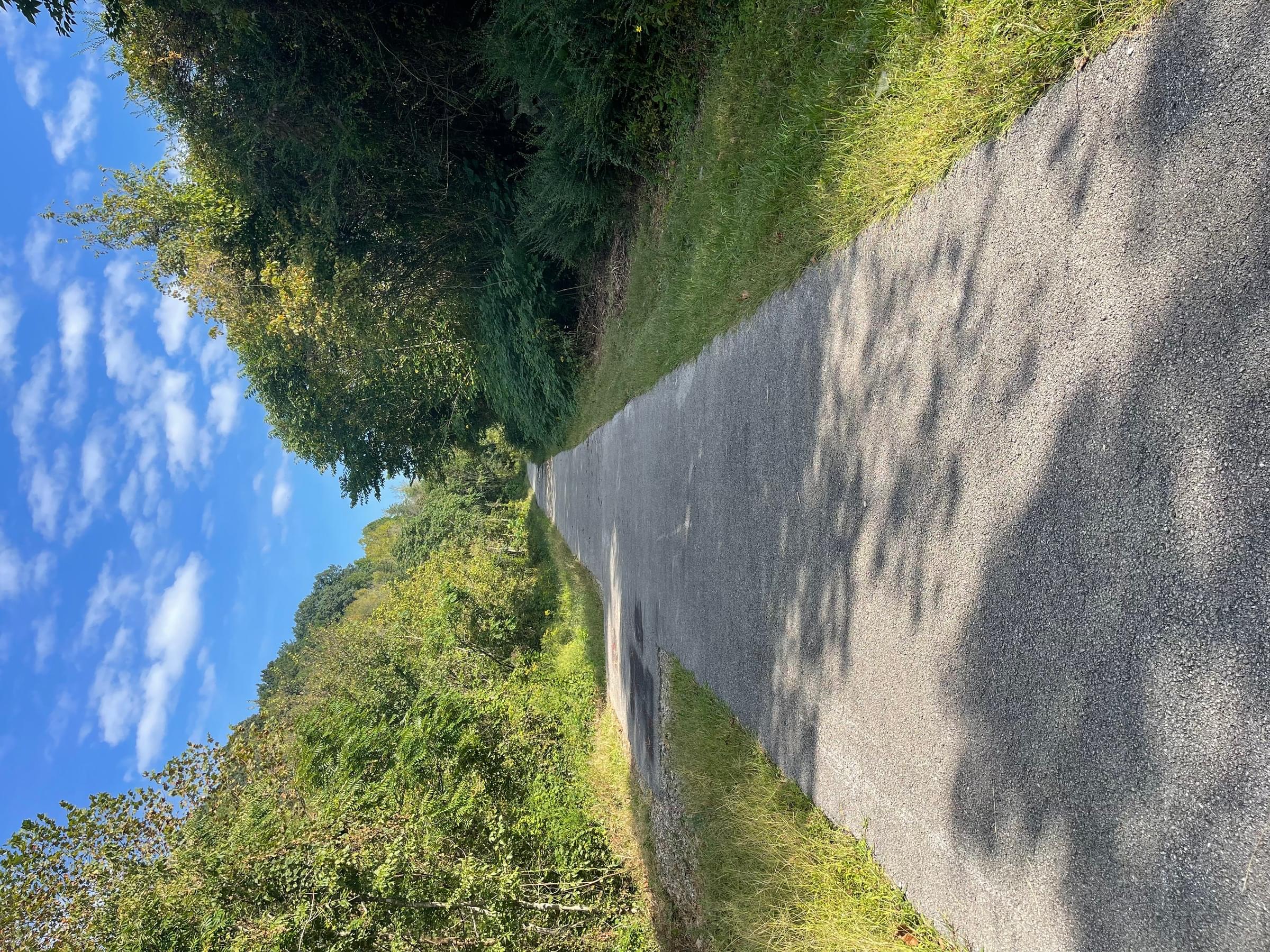Rawlings/Stinson & Riverside Park & Trail

Tips for Birding
Walk the Riverside Trail.
Birds of Interest
Neotropical migrants.
About this Location
The key to the historic park system is the River Walk Trail that begins on the north end of town at Rawlings/ Stinson Park, and ends at the south end at the Goose Creek Salt Works Pioneer Village. This unique trail is anchored at the north by the famous Red Bird Petgroglyph, the large rock of national reknown that contains ancient inscriptions by either European explorers, or Indians, or both. The trail itself follows the route of the Warrior's Path, one of the most historically significant trails in American History. Created by buffalo searching for salt deposits, the route was used for countless years by Indians traveling between the Smoky Mountains in the south and the wilderness north of the Ohio River. The trail was used by long hunters and explorers, including Dr. Thomas Walker who followed it in this section of Goose Creek in 1750, and by Daniel Boone 19 years later in 1769.
Begin your riverside journey at the north end of Rawlings/Stinson Park, home to the world famous Red Bird River Shelter Petroglyphs. A park sign marks the trail. Enjoy a scenic walk along Goose Creek on the River Walk Trail. Pass by the Manchester Goose Creek Swinging Bridge, or enjoy an exciting diversion by crossing this fascinating relic of Appalachian heritage. This footbridge leads to the historic village of Downtown Manchester featuring Heritage Pavilion with interpretive signs of the county’s history.
Just past the swinging bridge lies Riverside Park overlooking Goose Creek. Goose Creek itself was one of the most important waterways in early Kentucky history. The state legislature recognized its importance as a way to transport extremely valuable salt from the salt works early on and passed several acts to help improve it for navigation for salt barges. The walker will have to use his imagination to visualize 60-foot barges loaded with salt barrels floating down the river during "salt tides" -- so called spring and winter floods.
Finally, at the south end of the trail is the recreation of the Goose Creek Salt Works, which was located at this spot beginning in the mid 1790s when it was known as the Langford Works. The small community here was designated by the State Legislature to serve as the county seat when the county was created in April 1807. The first court met in the cabin of Robert Baker, most likely very similar to the Cotton Cabin seen here now, which according to several sources was built before the county was formed. It was moved here from its original location on the "Cotton Bend" downstream, where salt barge maker Jesse Cotton lived in it with his wife Jane.
Notable Trails
River Walk Trail
Features
Restrooms on site
Wheelchair accessible trail
Entrance fee
Content from Official Website
Last updated December 2, 2023